Used in cosmetics
A popular field of application is the cosmetics industry where the substances are used as reducing agents for wavy-hair products (chemical perms) or for depilation purposes.
Used in the plastics industry
Another large area of application is the production of plastics where mercaptans are used as cross-linkers or chain extenders. They can contribute to the cross-linking of polymer chains and, by doing so, improve the mechanical properties of plastics.
Mercaptans produced by Spiess Chemicals
2-Mercaptoethanole
2-Mercaptoethanol is used in the pharmaceutical, cosmetics, agrochemical, dye, textile and plastics industries as well as in mineral oil processing (oilfield chemicals). It is suitable for the production of rubber materials and plasticisers and as a tin stabiliser in the PVC industry.
In polymer modification, 2-Mercaptoethanol is used as a chain transfer reagent, for the modification of end groups and as a cross-linking agent.
In biochemistry, it is used as an enzyme modulator and for the purification and stabilisation of enzymes, DNA and RNA.
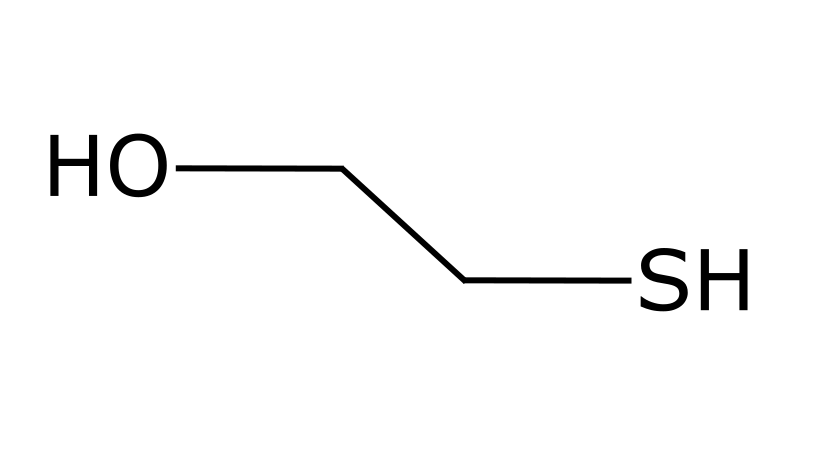
β-Mercaptoethanol
Thioethylene glycol
2-Mercapto-1-ethanol
BME
2BME
2-Sulfanylethanol
99251
200-464-6
C2H6OS
78,13 g/mol
Ethylmercaptane
Ethyl mercaptan is a chemical intermediate for organic synthesis.
It is used in the production of insecticides, antioxidants, plastics and as an additive in natural gas as an odorant.
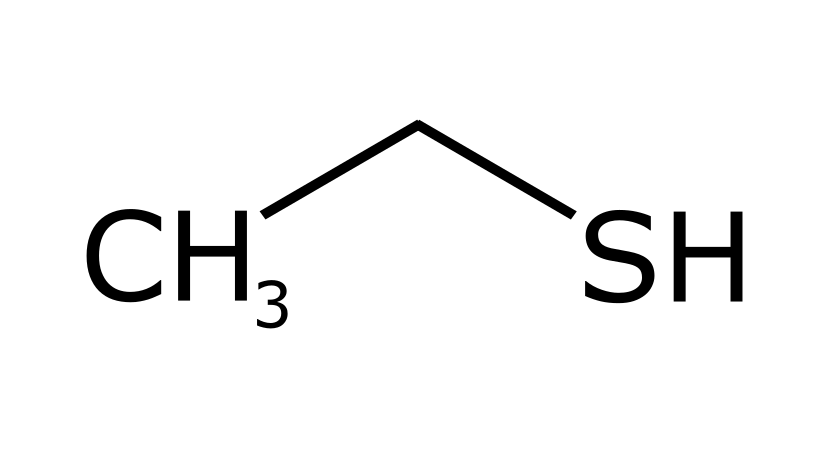
Ethyl hydrosulfide
Ethyl mercaptan
Thioethanol
Thioethyl alcohol
Mercaptoethane
ethanethiol
99293
200-837-3
C2H6S
62,13 g/mol
n-Dodecylmercaptane
Lauryl mercaptan is used in the chemical, pharmaceutical and agrochemical industries.
As a primary mercaptan, many standard reactions can take place with NDM, such as the addition of double bonds and reactions with aldehydes and ketones to form thioacetals and thioketals, or the formation of metal mercaptide salts.
NDM is used in the production of antioxidants for polyolefins and for the production of hydrophobic or mixed monolayers.
It is also used as a polymerisation inhibitor in various adhesives and as a very effective chain transfer agent for radical polymerisation.
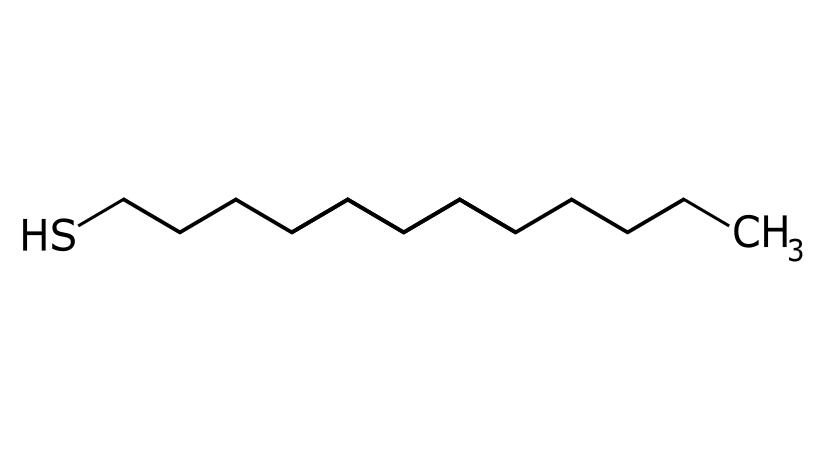
NDM
NDDM
1-Dodecanethiol
Dodecyl mercaptan
n-Dodecanethiol
dodecane-1-thiol
99566
203-984-1
C12H26S
202,41 g/mol
n-Octylmercaptane 98%
N-octylmercaptan is an organic intermediate.
It is used as a polymerisation conditioner to control the molecular weight. NOM is used in the production of a variety of antioxidants and stabilisers.
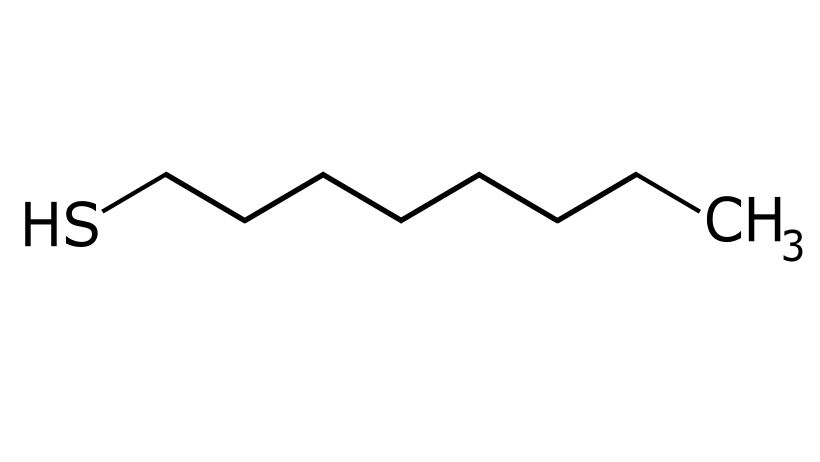
Octyl mercaptan
1-Mercaptooctane
n-Octanethiol
Octylthiol
1-Octyl mercaptan
octane-1-thiol
98790
203-918-1
C8H18S
146,30 g/mol
Tertiary Dodecylmercaptane (TDM)
tert-dodecanethiol is used as a chemical intermediate in various syntheses.
It is used in the production of high-pressure additives, fragrances, non-ionic surfactants and fungicides.
As a synthesis chemical, TDM is mainly used as a molecular weight regulator in the polymerisation of butadiene- and styrene-based processes such as butadiene latex and synthetic rubbers, polystyrenes and styrene lacquers.
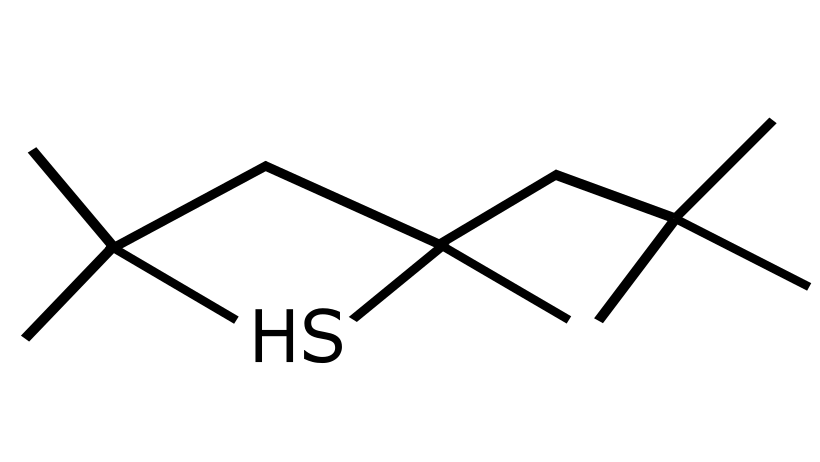
TDM
T-Dodecanethiol
t-DDM
tert-Laurylmercaptan
2,3,3,4,4,5-hexamethylhexane-2-thiol
99590
246-619-1
C12H25SH
202,4 g/mol